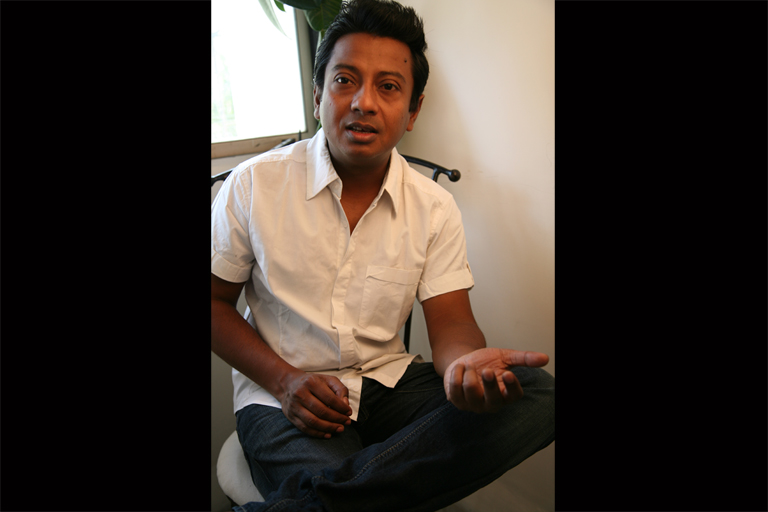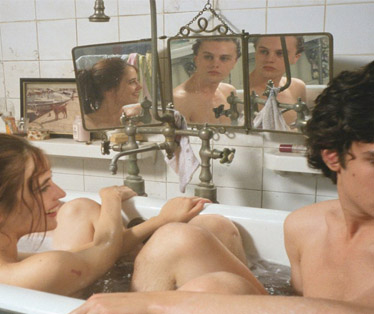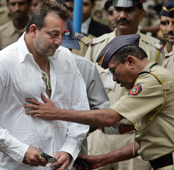In October TBIP took a petition to save indie cinema, by some of India’s most acclaimed filmmakers, to the I&B Ministry, and published its initial reactions. Filmmaker Onir, who drafted this petition, responds
Firstly, this petition to save indie cinema is not about criticizing anyone. The whole idea is that we can do this together. You are our government. This is our money. You can help us. How much ever you say we can’t do anything, we feel you can. The most important thing, in all of this, is the will. The desire to do something to change things that can be changed, instead of looking negatively at things that can’t.
Secondly, this petition is not about a power structure or power games between filmmakers, or between the state and centre. It’s not about a few people taking charge of the whole. It’s not about a person, or persons, controlling the funds allocated and dictating where it goes and why. It’s about collaboration. A collaboration between the states, and the centre. Between filmmakers and other members of the artistic community: painters, sculptors, musicians, writers…
A question has been raised as to who will decide the films to be shown in theatres for indie cinema that we’re asking the state to allocate funds for. Or the indie films that will be aired on Doordarshan? You can have a decentralized system by which bodies comprising luminaries of the film fraternity, or respected names from the other arts, are selected by the government in each region or state. The members of such bodies can be changed from time to time. They can vote to decide which films from their state or region will be exhibited, or aired. The I&B ministry cannot possibly be alien to the idea of such a structure. It has under its jurisdiction the NFDC which has centres throughout the country, with a script selection committee comprising known names from cinema and the arts. The Central Board of Film Certification (CBFC, more commonly referred to as the censor board) also functions in such a manner, with separate screening committees, deciding which films can be shown in different regions. Will this system be perfect? Perhaps not. But it will be something.
Another question has been raised as to the unavailability of, and difficulty in acquiring, land or properties that can be used as theatres to show such independent cinema. I have placed my faith in this petition because it is an issue I am passionate about. So naturally some thought has gone into it. I have travelled throughout this country and observed the paucity of exhibition spaces in cities and states outside of the metros. Andaman doesn’t have a single theatre. Manipur has just one. Shillong got one theatre, only last year. Srinagar has just one. These are places where land or property can be acquired at a fraction of what it would cost in Mumbai or Delhi. And these are the places that need such theatres the most, because their people don’t have many other ways of accessing independent cinema. Also, since the tickets won’t be priced that high, these films will be available to a large cross-section of society.
I’d like to reiterate here that we’re not asking for swanky multiplexes. We’re talking about basic spaces, hundred to two hundred seaters, where there will be digital projection, which will serve as theatres as well as centres for discussion, interaction and debate— film clubs of sorts. Among spaces you can use are university auditoriums. Colleges in such places have huge areas of land that can be utilized.
In the big cities or metros too there are so many properties that are lying unused. Let’s take the example of Delhi. We have four auditoriums that come to mind: the Meghdoot Auditorium on Copernicus Marg, the Films Division Auditorium at Mahadev Road, near Connaught Place, and two small theatres at Siri Fort Road that lie unused through most of the year. Mumbai has the Films Division auditorium. And the Y B Chawan and Nehru Centre Auditoriums. Similarly the I&B Ministry has well equipped, or moderately equipped cinemas in major cities throughout the country. Kolkata has an unused state theatre at Dakshinapan. Lucknow has theatres that are just lying unused. Since we’re spending money on so many things to celebrate this hundredth year of Indian cinema, I’m sure we can revive these auditoriums too. Do we have the will to?
Solutions can be found if there’s a desire to change things. Funds have been allocated already, the I&B Ministry says. But if this is what people need we can go back and re-look at this allocation. Because what is more important is that funds are used for the right things, and for long-lasting effects.
Another concern raised has been who will manage these theatres. Here we have to look at collaborating again. We could involve those who are in this business. A PVR can be involved. Greater support for films like the ones shown in PVR Director’s Rare (an initiative to promote independent cinema) may not be viable in the financial scheme of things at the multiplexes. But maybe they could be asked to run and manage these theatres for the government, instead? Or other private exhibitors can be brought in.
Finally, when it comes to showing independent films on Doordarshan, obviously these films won’t garner a lot of ads to begin with, because the audience for such cinema has been destroyed over the years. But it can be rebuilt.
These measures can make independent cinema available to all, let it breathe, give it a chance to be saved.
Also Read:
Indie Show Down: Onir responds
OpinionDecember 2012













